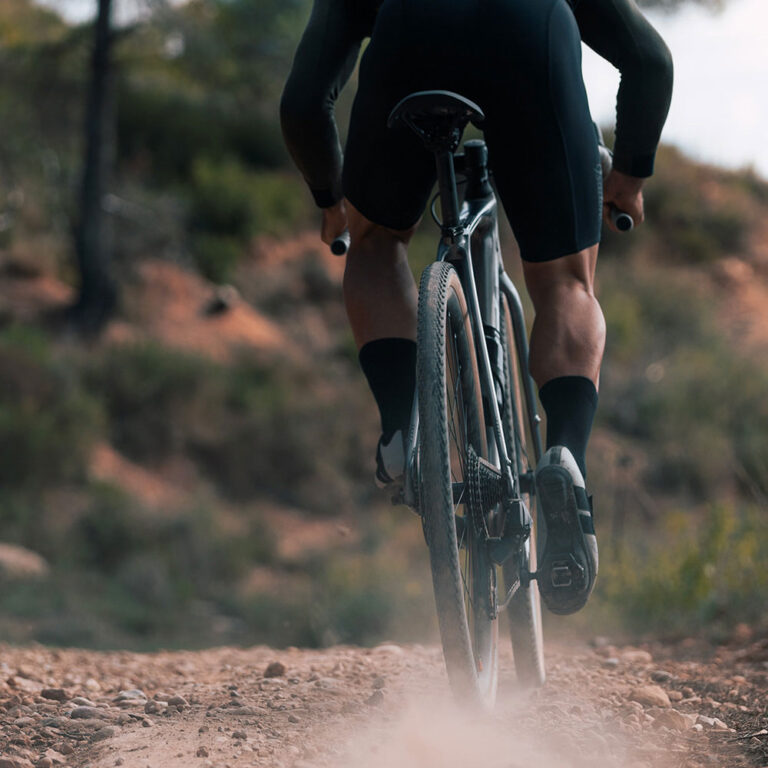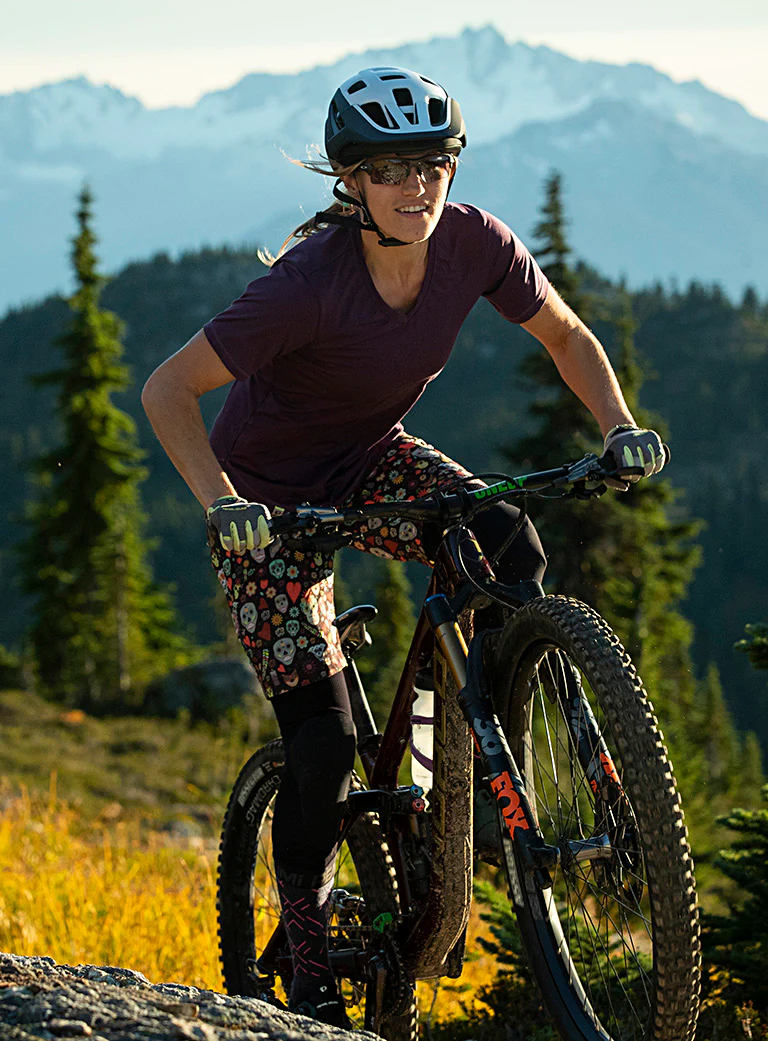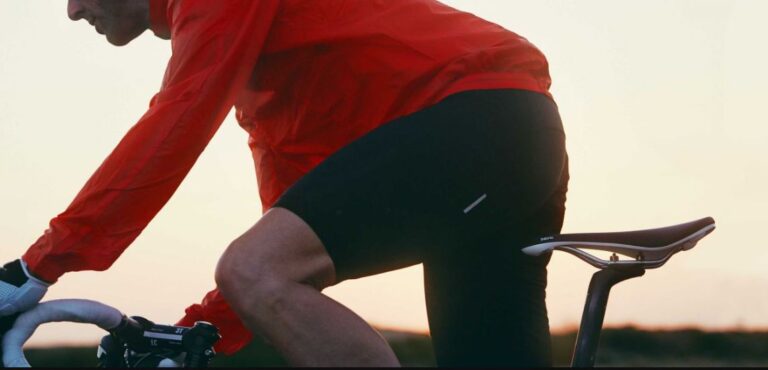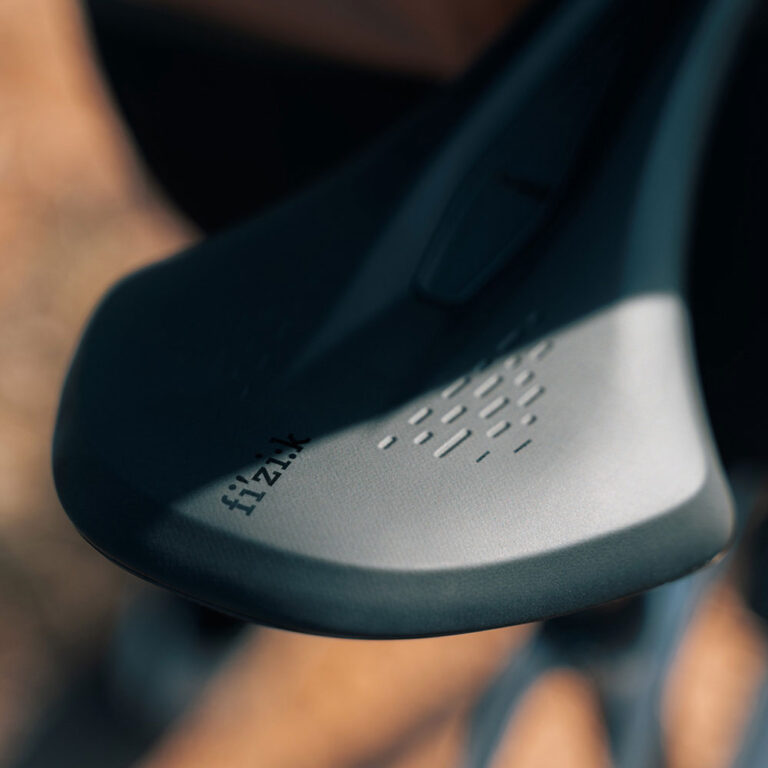Customizing Your Gravel Bike Saddle: A Guide to Tailored Comfort and Style
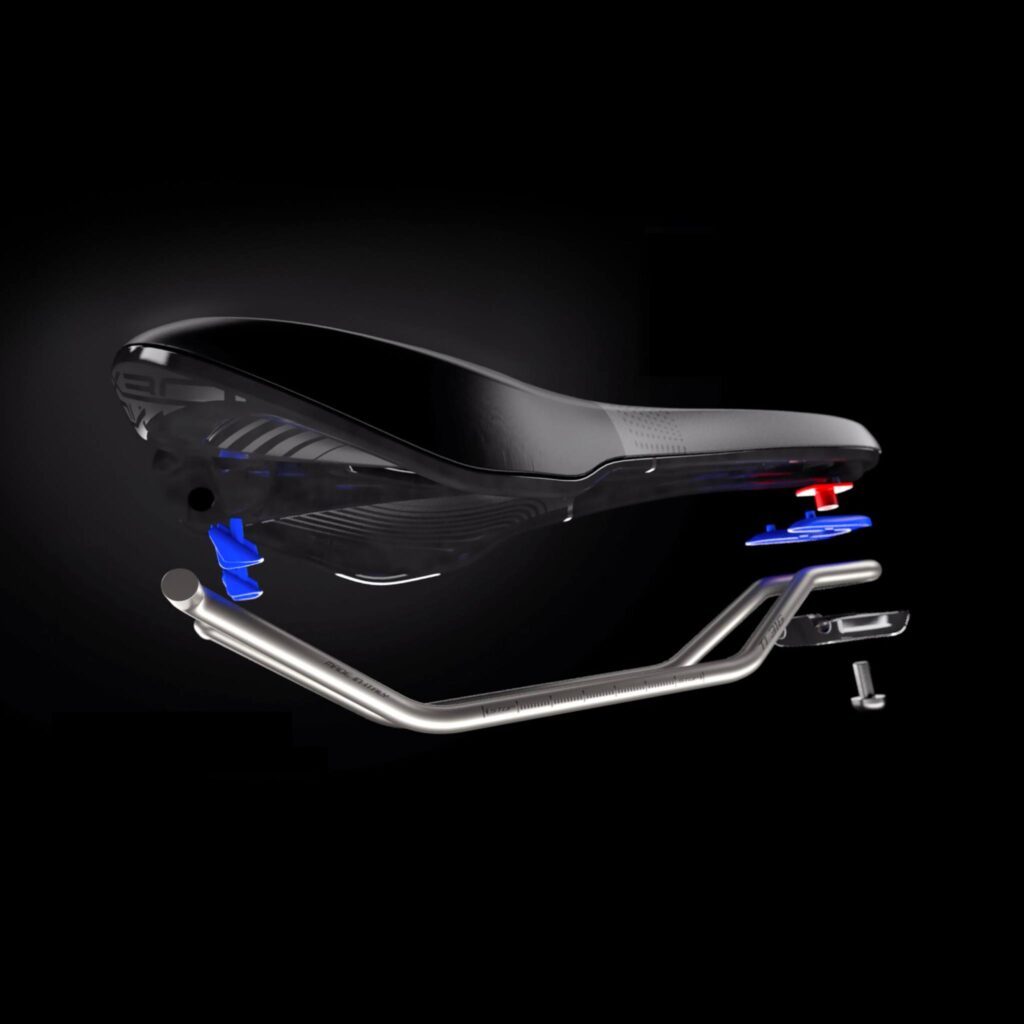
Key Point Summary of Customizing Your Gravel Bike Saddle:
- Choosing the Right Saddle for You: Factors to consider for the perfect saddle fit.
- Personalization Tips: How to customize your saddle for maximum comfort and efficiency.
- Reflecting Your Cycling Style: Making your saddle a statement of your unique cycling identity.
As a seasoned cyclist who has extensively participated in races and rides in diverse disciplines like mountain biking, gravel biking, and cyclocross, I’ve come to recognize the vital importance of a saddle in the overall cycling experience. Tailoring your gravel bike saddle goes beyond mere visual appeal; it’s about forging a saddle that’s comfortable, efficient, and uniquely yours, enhancing the bond between you and your bike. My goal with this article is to guide especially beginner to mid-level cyclists through the nuances of personalizing their gravel bike saddle, ensuring it’s a perfect fit for their individual needs and style.
Choosing the Right Saddle for You
Fit is Fundamental
Your saddle is your primary contact point with the bike, so its fit is essential. It should match the width of your sit bones and support your riding position. Remember, what works for a road cyclist may not be the best for gravel riding.
Materials Matter
Saddle materials vary from foam to gel to leather. Each material offers different levels of flexibility, support, and comfort. For gravel biking, look for materials that offer a balance between comfort (for those long rides) and durability (to withstand varied terrains).
In terms of saddle materials for gravel biking, there isn’t a definitive best material as it largely depends on personal preference, riding style, and the specific conditions you’ll be riding in. However, here’s a breakdown of common saddle materials and their typical benefits:
- Foam Padding: Foam is a popular choice for its balance between comfort and weight. It offers good support and doesn’t compress too much over time. Different densities of foam provide various levels of cushioning.
- Gel Padding: Gel saddles are known for their superior comfort, making them a great choice for long-distance gravel rides. Gel conforms to your body more than foam, providing a plush feel. However, it tends to be heavier and might not suit performance-oriented riders.
- Leather: Leather saddles, like those from Brooks, are classic and durable. They require a break-in period but mold to your body over time, offering a custom fit. Leather works well for long-term comfort and breathability but can be heavier and needs more maintenance.
- Synthetic Materials: Synthetic saddles are lightweight, low-maintenance, and often weather-resistant, making them a practical choice for gravel biking. They don’t conform to your body like leather but can provide a consistent feel over time.
- Carbon Fiber: For riders prioritizing performance and weight savings, carbon fiber saddles are the top choice. They offer firm support and are incredibly lightweight but can be less forgiving in terms of comfort on longer rides.
When choosing a saddle material, consider factors like the length of your rides, typical weather conditions, personal comfort preferences, and weight considerations. It’s often recommended to try a few different types before settling on one, as personal comfort is highly subjective. To learn more about their benefits, we have sourced the Gravel Bike Saddle Materials and Their Benefits article for further information.
On my first gravel century ride, I quickly realized my road saddle wasn’t cut out for such long, mixed-terrain efforts. After switching to a wider, more padded saddle, my comfort levels significantly improved, transforming my gravel riding experience.
Personalization Tips
Adjusting the Saddle
The angle and position of your saddle can greatly affect comfort. A slight tilt forward or backward and adjusting the fore/aft position can make a big difference. Spend time experimenting to find your sweet spot.
Accessorizing
Consider adding a saddle bag for tools and essentials, or a clip-on fender for muddy conditions. These additions not only serve a functional purpose but can also reflect your personal style.
Color and Design
Many brands offer saddles in various colors and patterns. Choose one that complements your bike’s color scheme or stands out as a statement piece.
Reflecting Your Cycling Style
Visual Appeal
Your saddle can be an extension of your personality. Whether you prefer a classic look or something bold and colorful, let your saddle speak to your personal style.
Comfort vs. Performance
While personalizing, balance your aesthetic preferences with functional needs. For instance, a sleek, minimal saddle might look great but may not provide the comfort needed for long gravel rides.
Branding
Some brands offer customization services, allowing you to have your name, logo, or other designs etched or printed on the saddle. This can be a fun way to personalize your gear.
I once rode with a customized saddle that had my nickname embossed on it. Not only did it feel unique, but it also became a great conversation starter with fellow cyclists.
FAQ
How often do you change a saddle?
For a gravel bike saddle, the frequency of change depends on the saddle’s condition and comfort level, but typically, it’s advisable to replace it every 2-3 years or sooner if it shows signs of significant wear, or damage, or if you start experiencing discomfort during rides.
How high should my gravel bike seat be?
Your gravel bike seat should be high enough so that when your foot is at the bottom of the pedal stroke, your knee is slightly bent (about 25-35 degrees). This height ensures efficient pedaling while preventing strain on your knees and hips.
How do I choose a gravel bike saddle?
To choose a gravel bike saddle, consider your sit bone width for the right size, opt for a design that suits your riding style, and select a material that balances comfort and durability for long, varied terrain rides. It’s also important to test different saddles for personal comfort.
Conclusion
Customizing your gravel bike saddle is about more than just looks; it’s about tailoring your ride for optimal comfort, efficiency, and personal expression. A well-chosen saddle can enhance your performance, reduce discomfort on long rides, and reflect your unique style. Remember, the process of customization is a journey. It might take a few tries to find the perfect combination of comfort, functionality, and aesthetics, but once you do, it can significantly elevate your gravel biking experience.
In the world of cycling, especially in disciplines like gravel biking where riders spend long hours in the saddle over diverse terrains, a well-customized saddle is not just a part of the bike; it’s a part of the rider. So, take your time, experiment with different options, and don’t be afraid to express yourself.
After all, every ride is an extension of your adventure on two wheels, and your saddle should be as unique as your journey.
John


